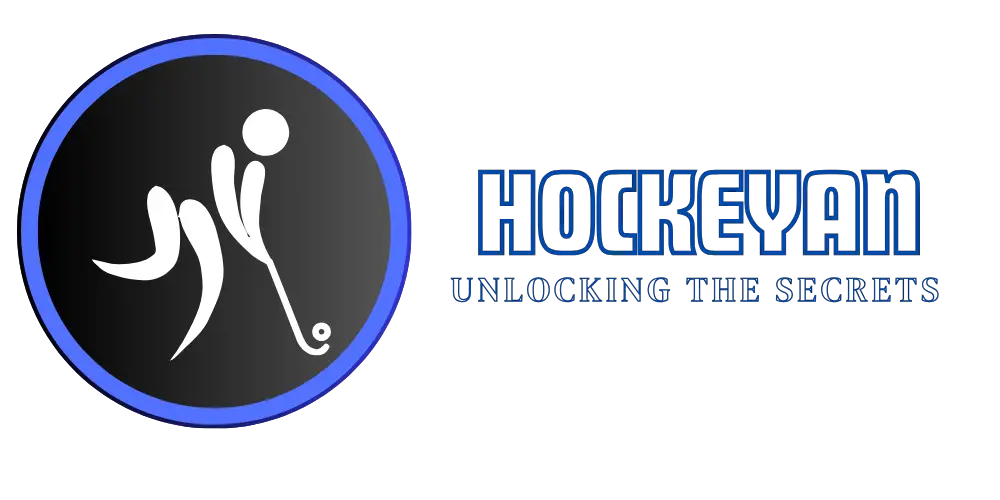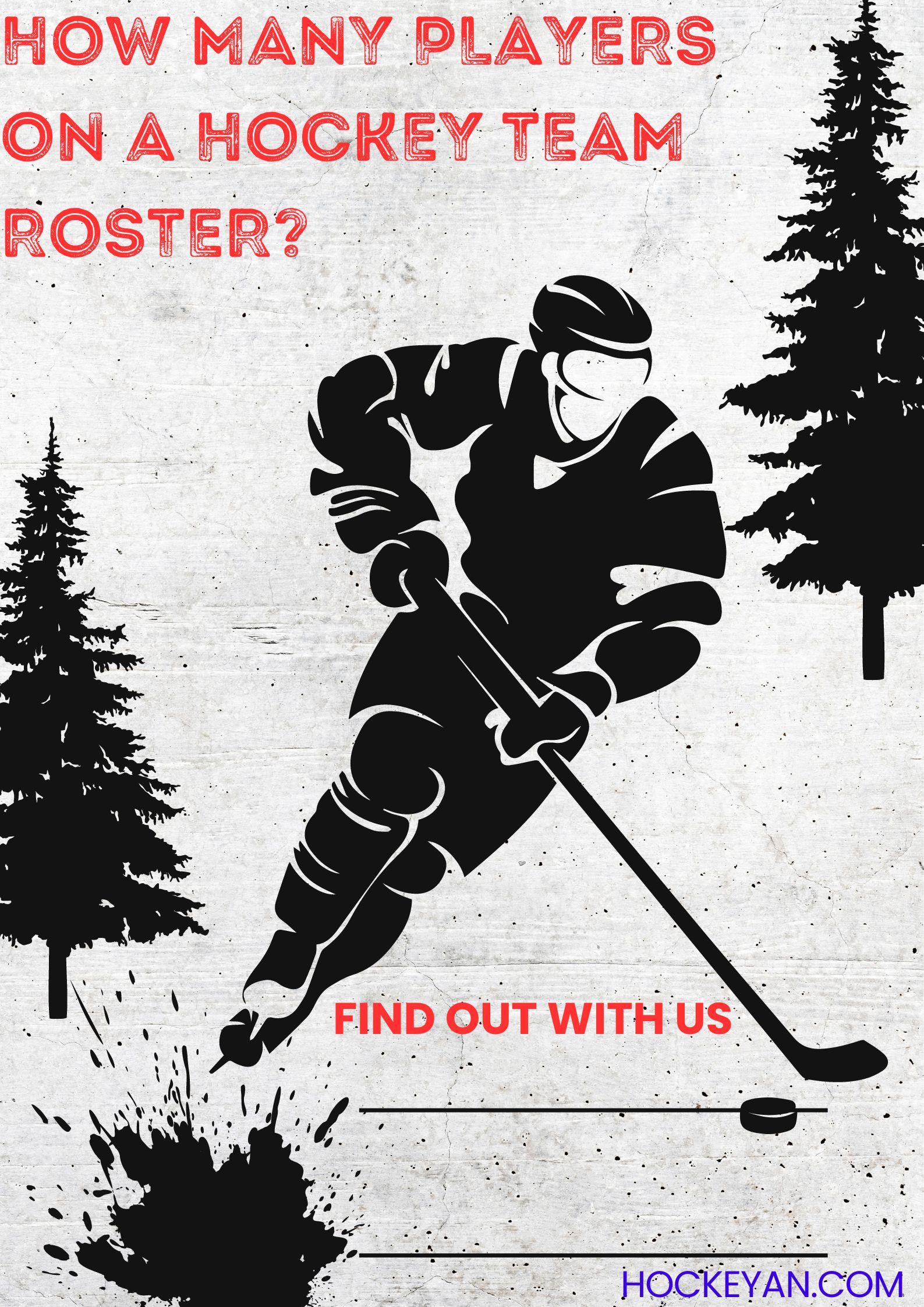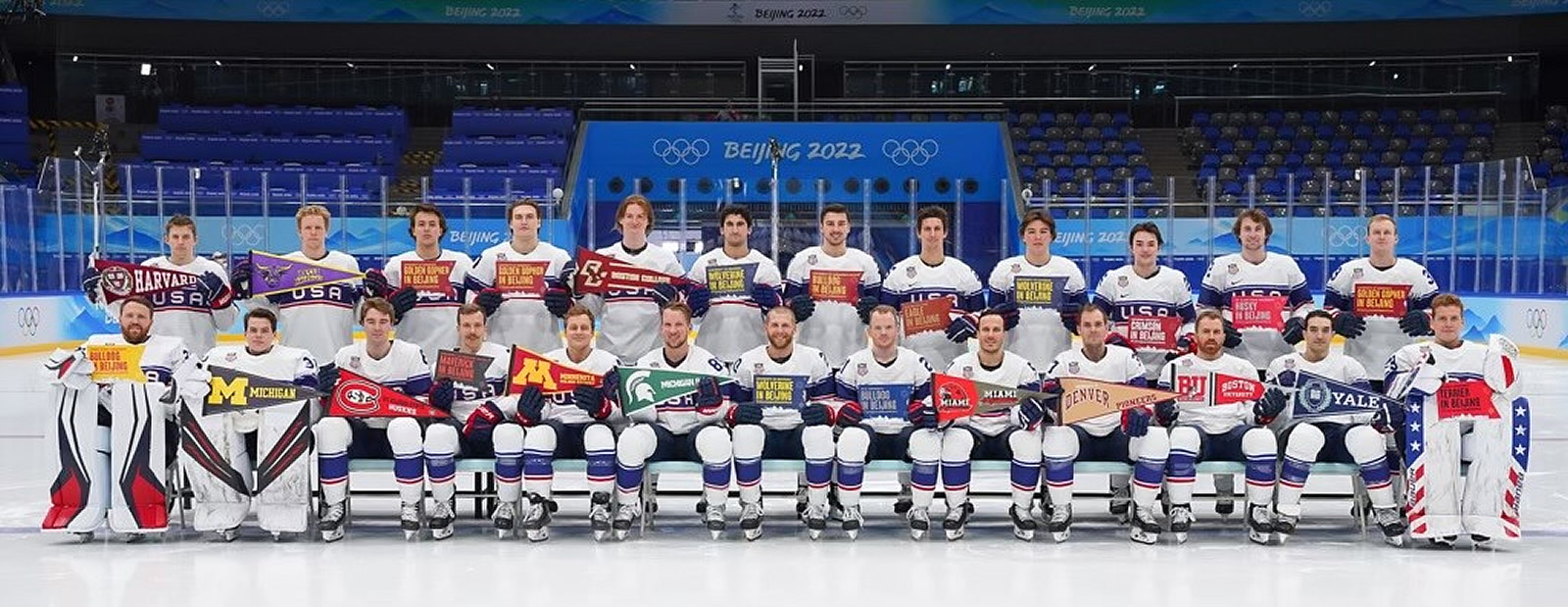How Many Players on a Hockey Team Roster? A hockey team roster typically consists of 23 players. This includes 20 skaters and 3 goaltenders.
Hockey is a fast-paced sport that requires a well-structured team. Each team has a roster featuring 23 players, ensuring versatility and depth. The 20 skaters include forwards and defensemen, while the 3 goaltenders provide crucial coverage in the net. This composition allows teams to adapt to various game situations and maintain high energy levels throughout the match.
Coaches rely on this balanced roster to implement strategic plays, manage player fatigue, and handle injuries effectively. Understanding the team roster is essential for fans and newcomers to appreciate the game’s dynamics fully. It highlights the strategic complexity and the importance of every player’s role on the ice.
Breaking Down The Hockey Team Roster
Understanding the composition of a hockey team is essential. Knowing how many players are on a hockey team roster can enhance your game experience. Let’s break down the roster to see who plays and who waits.
Active Lineup Essentials
The active lineup in hockey is crucial for every game. Typically, an active lineup consists of 20 players. These players include:
- 12 forwards – responsible for attacking and scoring goals.
- 6 defensemen – protect the goal and stop the opposing team from scoring.
- 2 goalies – one plays while the other is a backup.
Each position has specific duties. Forwards push the puck forward, defensemen guard their zone, and goalies defend the net.
Reserve Players And Their Roles
Reserve players are equally important. They step in when active players are injured or need rest. The reserve roster usually includes up to 3 to 5 players. Their roles vary but often include:
- Extra forwards – ready to replace any forward in the lineup.
- Extra defensemen – step in for any defensive player.
- Backup goalies – provide support if the main goalie is unavailable.
These players ensure the team always has enough players for a game.
| Position | Active Players | Reserve Players |
|---|---|---|
| Forwards | 12 | 2-3 |
| Defensemen | 6 | 1-2 |
| Goalies | 2 | 1 |
Each player has a unique role. Together, they make the hockey team complete and ready for action.
Credit: teamusa.usahockey.com
The Starting Six
The Starting Six in hockey is a crucial lineup. It consists of three forwards, two defensemen, and one goalie. Each player has specific roles and duties. This section will break down the roles and responsibilities of these key players.
Roles Of Forwards
Forwards are the main attackers in a hockey game. They are responsible for scoring goals and creating opportunities. There are three types of forwards:
- Center: The center takes face-offs and plays both offense and defense.
- Left Wing: The left wing supports the center and attacks from the left side.
- Right Wing: The right wing mirrors the left wing but on the right side.
Forwards need to be fast and have good puck-handling skills. They must also work well together to outmaneuver the opposing team’s defense.
Defensemen Duties
Defensemen protect their team’s goal from the opposing forwards. There are two defensemen in the starting lineup:
- Left Defenseman: The left defenseman guards the left side of the ice.
- Right Defenseman: The right defenseman covers the right side of the ice.
Defensemen need to be strong and good at blocking shots. They also help in starting offensive plays by passing the puck to the forwards.
The Lone Sentinel: The Goalie
The goalie is the last line of defense. They stand in front of the net and block shots. The goalie’s job is to prevent the puck from entering the net. They wear extra padding and use a large glove to catch the puck. A good goalie needs quick reflexes and sharp focus.
The starting six players are essential for a team’s success. Understanding their roles can help you appreciate the game more.
Bench Strength
Bench Strength is a critical aspect of any hockey team’s success. It refers to the depth and quality of players available to step in during a game. A strong bench can make a significant difference in a team’s performance.
Substituting Strategy
Teams often use a substituting strategy to keep players fresh. Coaches switch players frequently to maintain high energy levels. This strategy prevents key players from tiring out.
Substitutions are usually done in shifts, with each lasting 30-45 seconds. Players on the bench must be ready to jump in at any moment. This quick rotation helps in maintaining the team’s pace and performance.
| Position | Number of Players |
|---|---|
| Forwards | 12 |
| Defensemen | 6 |
| Goalies | 2 |
Bench Players’ Impact
Bench players have a significant impact on the game’s outcome. They provide fresh legs and new energy when needed. Their role is crucial during key moments of the match.
Having skilled players on the bench ensures the team can sustain high performance. Bench players must stay focused and ready to contribute anytime.
A strong bench often leads to a balanced team performance. It helps in covering any injuries or penalties that may occur during the game.
Overall, the depth of the bench can be a game-changer. Strong bench strength often leads to more wins and a successful season.
Behind The Scenes: Support Staff
Behind every successful hockey team, there is a robust support staff. These unsung heroes work tirelessly to ensure the team performs at its best. From coaches to medical personnel, each member plays a crucial role.
Coaching Team Composition
The coaching team is essential for guiding the players. This team usually includes:
- Head Coach: Leads the team and makes key decisions.
- Assistant Coaches: Help with specific skills and tactics.
- Goalie Coach: Focuses on training the goalkeepers.
- Video Coach: Analyzes game footage to improve strategies.
Medical And Training Personnel
The health and fitness of players are monitored by medical and training staff. This team includes:
- Team Doctor: Provides medical care and handles injuries.
- Physiotherapist: Helps players recover from injuries.
- Athletic Trainer: Focuses on players’ fitness and conditioning.
- Massage Therapist: Eases muscle tension and promotes recovery.
Each member of the support staff plays a vital role. Their expertise ensures players perform at their highest level. Without them, a hockey team would struggle to succeed.
Junior And Farm Teams
In hockey, understanding the structure of junior and farm teams is crucial. These teams play a significant role in nurturing young talent. They also help in providing a steady stream of skilled players to professional leagues. Let’s dive into how these feeder systems work.
Feeder Systems Explained
Junior and farm teams act as feeder systems for major league hockey teams. These systems ensure a continuous flow of talent. Players start in junior teams and move up to farm teams. Eventually, the best players make it to the major leagues.
Junior teams are often part of youth leagues. They focus on developing young players’ skills. Farm teams, on the other hand, are affiliated with professional teams. They offer more advanced training and game experience.
Here is a breakdown of the structure:
| Level | Age Group | Purpose |
|---|---|---|
| Junior Teams | 15-20 years | Skill development and basic training |
| Farm Teams | 20+ years | Advanced training and professional game experience |
Development And Recruitment
Junior and farm teams are essential for player development and recruitment. They focus on honing players’ skills and preparing them for professional play. Here’s how they work:
- Junior teams scout young talent from schools and local leagues.
- Coaches provide intensive training and guidance.
- Farm teams offer a bridge to the major leagues.
Professional teams often recruit directly from these feeder systems. Scouts and coaches keep a close eye on promising players. They provide them with opportunities to shine at higher levels.
In essence, junior and farm teams are the backbone of hockey talent. They ensure the sport’s future by developing the next generation of stars.
Credit: collegehockeyinc.com
League Regulations On Team Size
Hockey teams follow strict rules on player numbers. These rules ensure fairness and competitiveness. Each league has its own regulations on team size. Understanding these rules is crucial for fans and players alike.
Salary Cap Implications
The salary cap is a significant factor in team size. It limits the total salary a team can pay its players. This encourages balanced spending across the league. Teams must manage their budget wisely to stay competitive.
A well-managed salary cap allows teams to maintain a strong roster. They need to balance paying star players and keeping enough skilled players. Mismanagement can lead to penalties and a weaker team.
Roster Limits And Exceptions
Each league has specific roster limits. For instance, the NHL allows 23 players on the active roster. This includes 20 skaters and 3 goalies. Teams must follow these limits strictly.
There are exceptions to these rules. Injuries can lead to emergency call-ups. Teams can temporarily add players if many injuries occur. These exceptions ensure teams can still compete effectively.
Some leagues also have taxi squads. These are extra players who can be called up quickly. Taxi squads provide flexibility and depth for the team. They help manage the roster during long seasons.
Here’s a quick comparison of roster limits in different leagues:
| League | Active Roster Size | Taxi Squad |
|---|---|---|
| NHL | 23 | Yes |
| AHL | 23 | No |
| CHL | 20 | No |
Understanding these league regulations is vital for building a strong team. It helps in effective budget management and ensures compliance with league rules. This knowledge is key to the success of any hockey team.
The Role Of Captains And Alternates
In hockey, captains and alternates hold special roles. They lead the team both on and off the ice. These players set examples and make key decisions during games.
Leadership Dynamics
Captains are the team’s primary leaders. They communicate with referees and represent the team during disputes. Alternates step in when the captain is not on the ice.
Leadership dynamics are crucial for team unity. Captains and alternates support the coach’s vision. They help maintain team morale and focus. Their leadership keeps the team organized and motivated.
Selection Process
The selection process for captains and alternates varies by team. Coaches often choose these leaders based on experience and respect from teammates.
Some teams hold player votes to select captains and alternates. This democratic process ensures the team supports their leaders. Other teams might use a mix of coach input and player votes.
Important qualities for captains and alternates include:
- Strong communication skills
- Experience and knowledge of the game
- Ability to stay calm under pressure
- Respect from teammates
Captains and alternates play a vital role in a hockey team’s success. Their leadership dynamics and selection process impact the team’s performance.
Credit: www.ncaa.com
Roster Changes And Challenges
Hockey teams face constant roster changes throughout the season. These changes can arise due to injuries, trades, and drafts. Managing these challenges is crucial for team success.
Dealing With Injuries
Injuries are a part of hockey. Players often get hurt during games or practices. Teams must have backup players ready. These backup players are called substitutes. They step in when a regular player is injured. Coaches need to adjust strategies based on available players.
- Minor Injuries: Players may miss a few games.
- Major Injuries: Players can be out for the entire season.
Teams often rely on their farm teams. Farm teams are smaller teams that train players. Injured players are sometimes replaced by these farm team players.
Trade And Draft Impacts
Trades and drafts significantly impact team rosters. During the season, teams trade players to improve performance. Trades can bring new talent or fill gaps due to injuries.
| Reason for Trade | Impact |
|---|---|
| Improve Team Performance | Brings in experienced players. |
| Fill Gaps | Replaces injured or underperforming players. |
The draft is another crucial event. Teams select young players from amateur leagues. These players are usually new to professional hockey. Drafting helps teams build for the future.
- Teams scout young talent.
- Young players are drafted.
- Drafted players join the team roster.
Trades and drafts are strategic moves. They shape the team’s future and present performance.
Frequently Asked Questions
How Many Players Are On A Hockey Team?
A hockey team has six players on the ice: three forwards, two defensemen, and one goalie.
How Many Players Can You Have On An Nhl Roster?
An NHL roster can have a maximum of 23 players. Teams can dress 20 players for each game.
How Many Players Can Be On A Usa Hockey Roster?
A USA hockey roster can include up to 23 players. This typically consists of 20 skaters and 3 goaltenders.
How Many Players Are On A Hockey Field Per Team?
Each team in field hockey has 11 players. This includes 10 field players and 1 goalkeeper.
Conclusion
Understanding the number of players on a hockey team roster is crucial. It helps fans and aspiring players alike. A standard roster typically includes 23 players, ensuring a well-rounded team. Knowing this enhances your appreciation for the game. Stay tuned for more insights on hockey and other sports.







